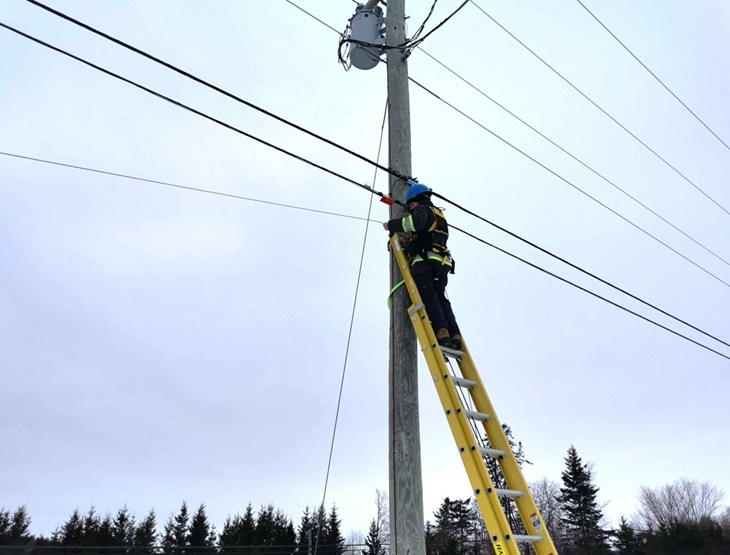
By Ahmad Hathout
Bell is accusing the CRTC of putting the cart before the horse when it ordered new pole attachment obligations without first updating the cost for competitors to put their equipment on its structures.
In late January, the CRTC imposed on the legacy telcos – Bell, Telus, and SaskTel – new obligations to speed up the ability of competitors to attach their broadband equipment to the poles: absorb the full cost of “corrective work” or getting poles up to compliance standards; schedule both make-ready and corrective work together on strict timelines set by the commission in February 2023; and commit to reporting to the CRTC and competitors the details and deadlines of the work being done.
But the decision also punted to a later date a new rate to attach – the last commission-approved one was based on 16-year-old cost studies – leaving Bell to absorb additional costs associated with the new obligations that it argues to the Federal Court of Appeal is unjust and unreasonable.
“Bell will spend several million dollars to comply with the new obligations,” the telco says in its application. “Bell has identified several new cost inputs that must be incorporated into the pole rate for it to be a just and reasonable cost-based rate. Until the CRTC sets an interim (or final) rate, Bell is expending approximately $2 million per month of unrecoverable costs.
“It is well-known that the CRTC cannot engage in retroactive rate setting,” it adds. “As such, since it did not change the status of the existing pole rate, that rate remains final. This means that the CRTC’s failure to set an interim rate creates permanently unrecoverable costs for Bell since the CRTC’s rate-setting power only permits it to set rates on a forward-looking basis, not on a retroactive basis. The CRTC was not required to determine the final pole rate in the Decision. But it was required to set an interim pole rate until it determined a just and reasonable final pole rate.”
Bell says the CRTC provided no rationale to punt the cost issue down the road.
The telco is asking the high court to order a temporary suspension of the January decision until the court decides whether to hear its case and then, if it moves forward, to extend the suspension until the court makes a final ruling on the merits.
Bell, the dominant pole owner in Ontario and Quebec, had already raised this complaint before the commission following the February 2023 decision, which shifted the cost of corrective work on the telco, rather than on the competitor. It said the decision shone a light on its outdated pole attachment rate, last set in 2010, that was, at the time, below the costs charged by utilities across the country – without already contemplating the new corrective work burden.
In 2024, based on a rate of $1.04 per pole per month in Ontario and Quebec, Bell said it charged competitors $23.6 million for attachments in those provinces. Bell has requested a bump to $2.09 per pole per month, which would have resulted in $47 million from competitors.
Bell says the “vast majority of work associated with Competitor requests is corrective work,” adding demand for access to its poles in Ontario increased nearly 1,800 per cent from 2023 to 2024, with an expectation that will continue in the future.
“Until the CRTC sets an interim pole rate, it is effectively sanctioning a wealth transfer of capital from ILECs that are investing in and building the poles to Competitors that invest little to nothing in the poles but require access to them to deploy their own networks and offer Internet services to their own customers,” Bell claims in its application.
“This is antithetical to the CRTC’s own objectives under sections the Act, which include “enhanc[ing] the efficiency and competitiveness [. . .] of Canadian telecommunications” and “fostering increased reliance on market forces”, as well as the key objectives in the Cabinet Direction, which include “encourag[ing] all forms of competition and investment,” it added.
Bell also says it has to develop IT systems and hire new people to collect and report the required information on an automated basis, which it says will cost it “several million dollars” that it says it included in a proposed cost study.
Photo via Xplore



